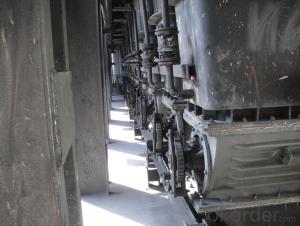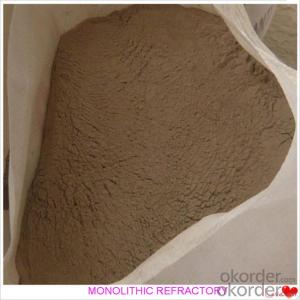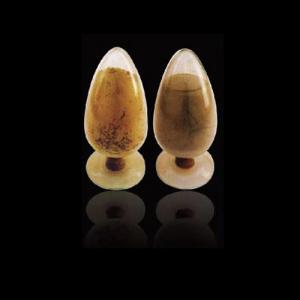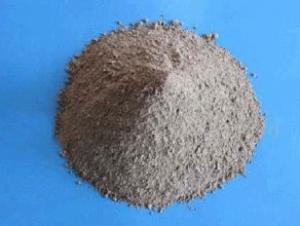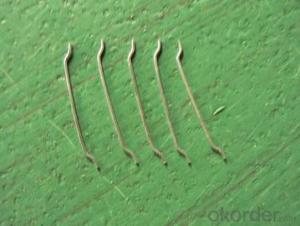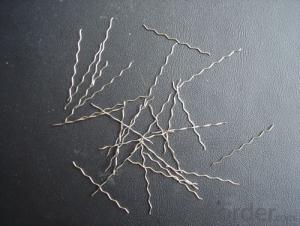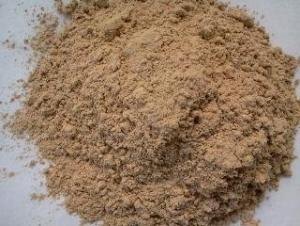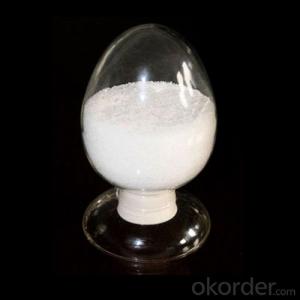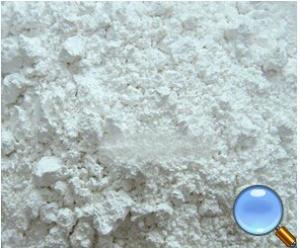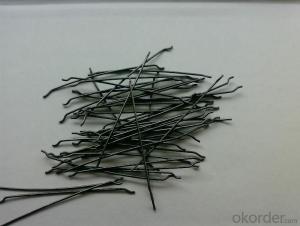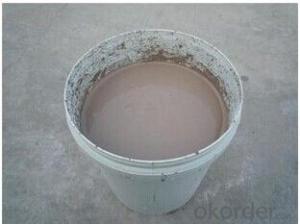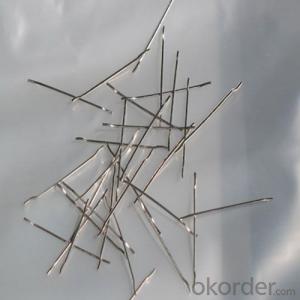All Categories
- - Steel Wire Rod
- - Steel Coils
- - Steel Profiles
- - Steel Pipes
- - Stainless Steel
- - Tinplate
- - Special Steel
- - Steel Sheets
- - Steel Rebars
- - Steel Strips
- - Hot Rolled Steel
- - Cold Rolled Steel
- - Pre-painted Steel
- - Seamless Steel Pipe
- - Welded Steel Pipe
- - Hollow Steel Tubes
- - Galvanized Pipe
- - Stainless Steel Coil
- - Stainless Steel Sheet
- - Stainless Steel Plate
- - Stainless Steel Strips
- - Electrolytic Tinplate Coil
- - Electrolytic Tinplate Sheet
- - Stainless Steel Rebars
- - Solar Panels
- - Solar Water Heater
- - Solar Related Products
- - Solar Inverter
- - Solar Cells
- - Solar Light
- - Solar Energy Systems
- - Solar Controllers
- - Solar Mounting System
- - Solar Pump
- - Solar Chargers
- - Fiberglass Chopped Strand
- - Fiberglass Mesh Cloth
- - Composite Pipes
- - FRP Pultrusion Profiles
- - Fiberglass Mat Tissue
- - Fiberglass Fabrics
- - Fiberglass Mesh
- - Composite Tank
- - Fiberglass Mesh tape
- - Polymer
- - FRP Roofing Panel
- - Fiberglass Roving
- - Monolithic Refractories
- - Ceramic Fiber Products
- - Refractory Bricks
- - Raw Materials For Refractory
- - Suspended Platform
- - Cranes
- - Concrete Machinery
- - Earthmoving Machinery
- - Building Hoist
- - Road Building Machinery
- - Plastic Pipe Fittings
- - Plastic Tubes
- - Plastic Sheets
- - Agricultural Plastic Products
- - Plastic Nets
Q & A
Can monolithic refractories be used for lining ladle transfer cars?
Yes, monolithic refractories can be used for lining ladle transfer cars. Monolithic refractories are versatile and can be shaped and installed easily, making them suitable for various applications including ladle transfer cars. They provide excellent thermal insulation and resistance to high temperatures, ensuring the longevity and efficiency of the ladle transfer car.
How are monolithic refractories repaired or replaced?
Monolithic refractories are repaired or replaced by first identifying the damaged area. The damaged portion is then cut or removed using appropriate tools and equipment. The surface is prepared by cleaning and roughening it to ensure proper bonding of the new material. The new monolithic refractory material is then applied and shaped according to the design requirements. After application, it is cured and dried to achieve the desired strength and stability. In case of extensive damage, the entire monolithic refractory may need to be replaced, following a similar procedure.
How do monolithic refractories provide resistance to alkali attack in lime kilns?
Monolithic refractories provide resistance to alkali attack in lime kilns through their unique composition and structure. These refractories are made from a single piece or a combination of different materials, such as high-alumina, silicon carbide, or zirconia, which have excellent resistance to alkali attacks.
The dense and non-porous structure of monolithic refractories prevents the penetration of alkali compounds into the material. Alkalis, such as sodium and potassium, are known to react with refractory materials and form low melting point compounds that can cause severe damage. However, the dense and compact nature of monolithic refractories acts as a barrier, preventing the alkalis from reaching the inner layers of the refractory.
Additionally, monolithic refractories have a higher thermal shock resistance compared to traditional brick refractories. This property allows them to withstand sudden temperature changes, which are common in lime kilns. Alkali attack often occurs due to the temperature fluctuations and chemical reactions within the kiln, but the high thermal shock resistance of monolithic refractories helps in maintaining their integrity and protecting against alkali penetration.
Overall, the composition, structure, and thermal shock resistance of monolithic refractories contribute to their ability to provide resistance against alkali attack in lime kilns, ensuring the longevity and efficiency of the kiln operation.
How do monolithic refractories perform in sulfuric acid environments?
Monolithic refractories perform well in sulfuric acid environments primarily due to their excellent resistance to corrosion and thermal shock. They are specifically designed to withstand harsh conditions, including exposure to sulfuric acid, and offer superior durability and longevity in such environments.
How do monolithic refractories handle high-temperature alkali attack?
Monolithic refractories handle high-temperature alkali attack by utilizing specialized formulations that are resistant to alkali degradation. These refractories are designed to withstand the corrosive effects of alkali substances at elevated temperatures, preventing erosion and maintaining their structural integrity. Various additives and bonding agents are incorporated into the refractory material to enhance its resistance to alkali attack, providing a reliable solution for applications where alkali exposure is a concern.
Wholesale Monolithic Refractories from supplier in Philippines
We are a Monolithic Refractories supplier serving the Philippines, mainly engaged in the sale, quotation, and technical support services of various Monolithic Refractories products in the Philippines region. We are a subsidiary platform of the Fortune Global 500 company CNBM, able to provide you with one-stop Monolithic Refractories procurement services in the Philippines. Not only do we have a wide range of Monolithic Refractories products, but after years of market development in the Philippines, we can also provide valuable experience for your projects.
Hot Search
- Monolithic Refractories in Uganda
- Ceramic Fiber Products in Dominica
- Refractory Bricks in Singapore
- Raw Materials For Refractory in Israel
- Monolithic Refractories in Georgia
- Monolithic Refractories in Togo
- Ceramic Fiber Products in Belize
- Ceramic Fiber Products in Iraq
- Ceramic Fiber Products in Seychelles
- Raw Materials For Refractory in Guinea Bissau

